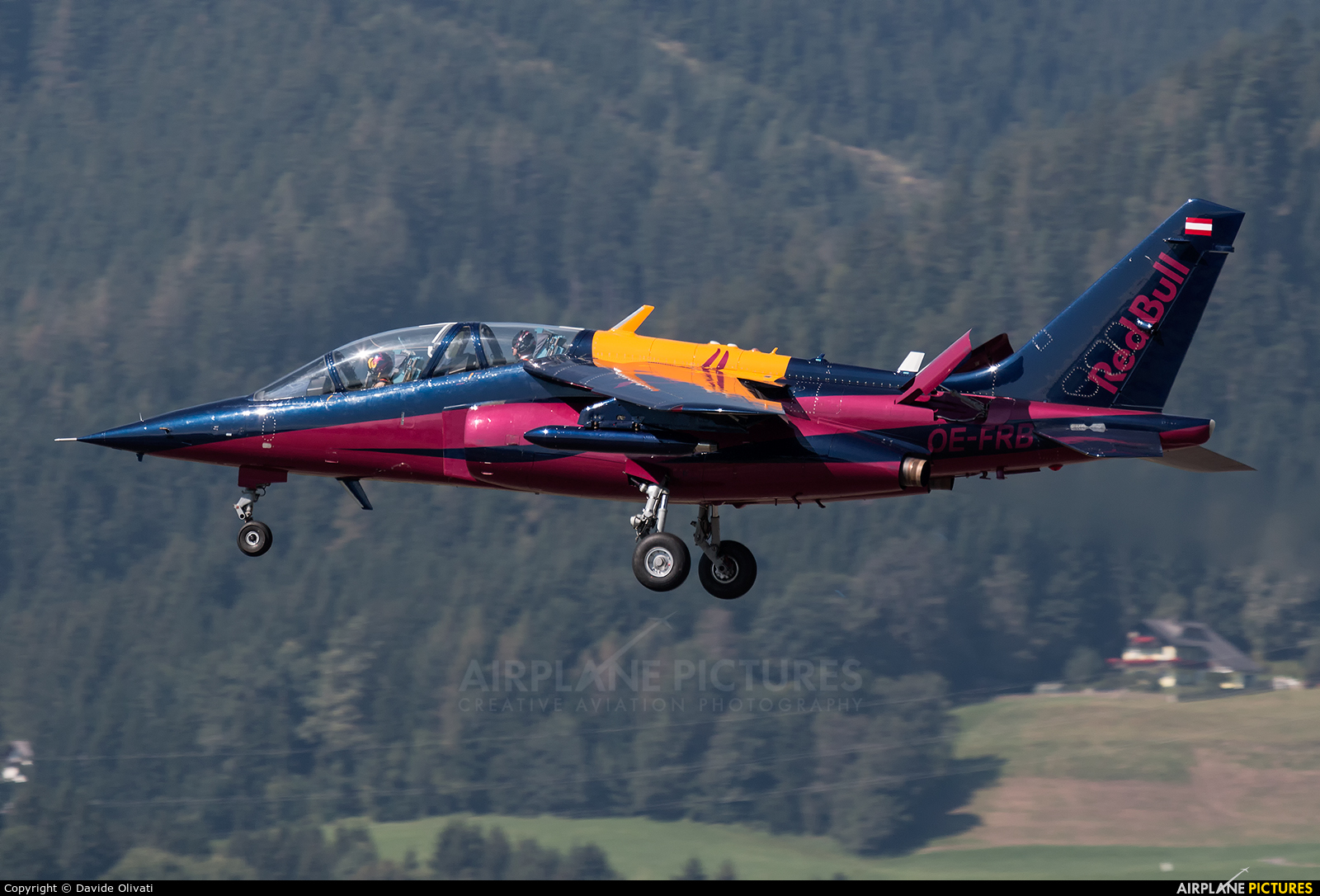

Northrup Aircraft Corp Alpha (NC-127-W) at North Island. It ws the first all-metal, stressed-skin monoplane embodying modern multicellular wing structure and ushering in the era of modern low-wing monoplanes. The Alpha was a seven-place transport powered by a pratt & Whitney "Wasp" engine. National Air and Space Museum, Washington, DCĪirandspace.si.edu/collections/artifact.cfm?object=nasm_A.įront view of Northrup Aircraft Corporation Alpha (X-127-W) in 1930 at Nortn Island. This aircraft was restored by volunteers from Trans World Airlines.Īir transport mail plane single engine mono plane. Although more powerful twin-engine aircraft rendered the Alpha obsolete for passenger service, it continued to serve as a fast express cargo plane. Many of its features, particularly the multicellular wing design, were later used in the Douglas DC-2 and DC-3. "Jack" Northrop, the Alpha was a great step forward in metal aircraft. The aircraft was all metal and streamlined, but had fixed landing gear and only one engine.ĭesigned by John K.
The Alpha could enclose six passengers in a snug, comfortable cabin, but the pilot remained exposed to the elements. Introduced in 1930, the Northrop Alpha represents a transitional air transport design, a blend of old and new aircraft technology.
#ALPHA MAIL PILOT ARCHIVE#
Repository: San Diego Air and Space Museum Archive Chief Haase also participated in the second Alaskan Aerial Survey in 1929 and was responsible for the first US motion picture of the sun’s eclipse done in 1930 that was done from an aircraft. His air-to-air photographs are featured in many aviation reference books but usually under the credit line of US Navy. His large collection also covers civilian and Army aircraft as well. “Bunny” Haase was a Navy Chief photographer who documented all the aviation activities from the early 1920 through the early 1930s at North Island that at the time encompassed the Army’s Rockwell Field and NAS San Diego. (Joseph Malta F.) Haase collection, courtesy of the San Diego Aero Space Museum.

Northrup Aircraft corporation Alpha (X-127-W) Northrup- division United Aircraft & transport corp in 1930 at North Island. The third Alpha built, the NC11Y, is the one on display here. Although only 17 were built, they stayed in service for more than a decade. It was very fast, and first flew in on April 20, 1931. The Alpha was Northrop's first plane to incorporate both elements.
#ALPHA MAIL PILOT SKIN#
Northrop's stressed skin was revolutionary, and later led to the development of the DC-3.

All these elements made a vastly stronger airframe - but one that was lighter than anything seen before. Where tension wires were used, it was formed to push inward. Where braces were used, it was formed to pull on the brace. But the skin was formed so that it was in tension with these elements. Furthermore, the skin of the aircraft was like a monocoque's. But in others, wires were used to provide tension - which also prevented compression. In some places, bracing was used to prevent compression. The stressed skin was radically different. But monocoques were limited in size, and tended to collapse if they got to big. The alternative was the monocoque, in which the skin itself was thick and heavy and bore the load. But this meant lots of internal braces, limiting interior space and making the plane heavy. Most early planes used a rigid frame, over which a non-load-bearing skin was tacked. The other innovation was the stressed skin. The fillet also meant far less drag, enabling the plane to fly longer, higher, and faster. This radically increased the strength of the weld, and allowed for stronger airframes and wings. The first was the fillet - a concave piee of metal welded into place where two pipes met. Northrop built his new plane based on two new innovations. In 1929, the United Aircraft and Transport Corporation bought out Northrop Avion became a subsidiary of United, and was renamed Northrop Aircraft Corporation. (Amelia Earhart owned one, and flew it solo across the Atlantic Ocean.) But Northrop left Lockheed and in 1927 founded a new aircraft company, Avion Corporation. John Northrop had already designed the Lockheed Vega, one of the fastest single-passenger planes of the day. The Northrop Alpha was a monoplane that seated seven inside the cabin, while the pilot sat in the open air up front. Beyer, +101 authors Q.A Northrop Alpha on display at the Smithsonian Air and Space Museum in Washington, D.C. Alpha backgrounds in the AMoRE-Pilot experiment backgrounds in the AMoRE-Pilot experiment},Īuthor=,


 0 kommentar(er)
0 kommentar(er)
